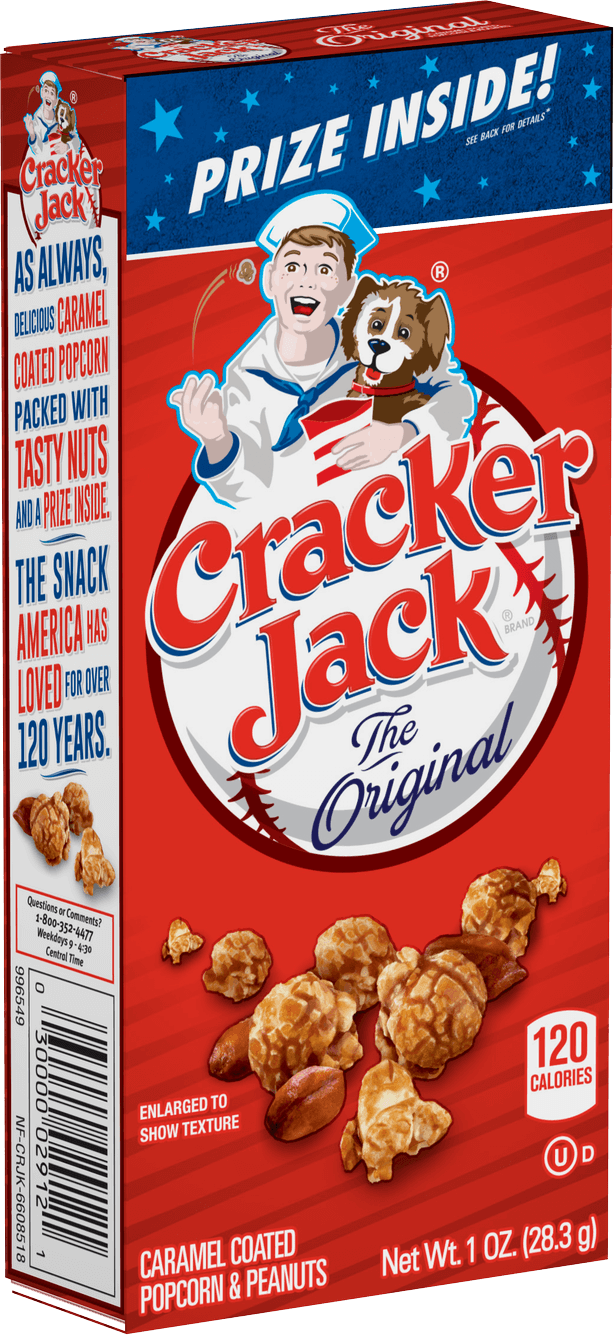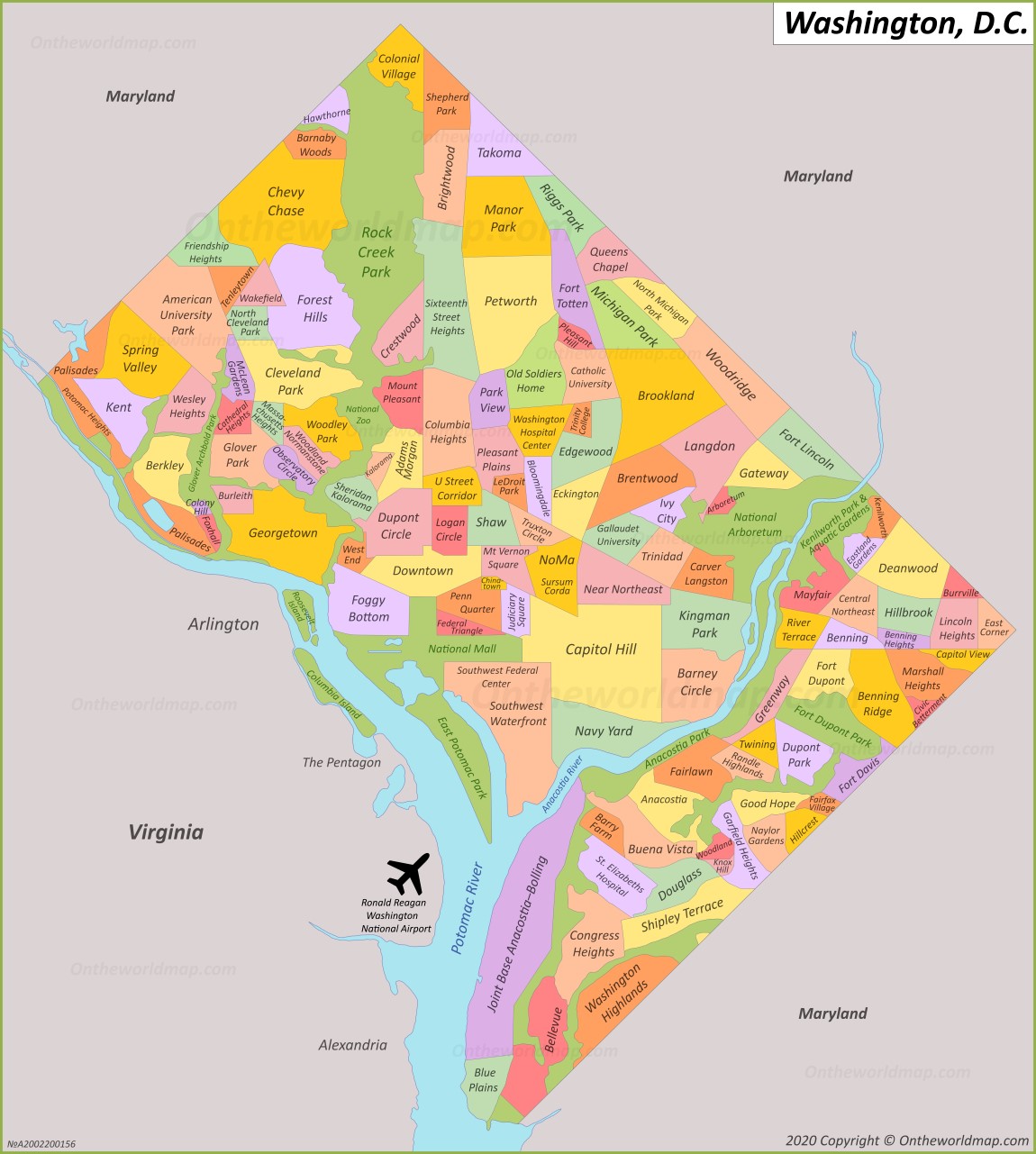As a boy growing up the son of a government official in the D. C. area, I became a fan of the hapless Washington Senators baseball team. To this day I still remember the saying: “Washington – first in war, first in peace, last in the American League.” When my dad took me to games at the old Griffith Stadium, I was in Cracker Jack heaven! We used to spend warm night out on the porch listening to games on AM radio.

“Buy me some peanuts and Cracker Jack…”
Not once, but twice, the Senators left town for greener pastures. Today’s Minnesota Twins and Texas Rangers are the result of this transplantation. For 33 years, the nation’s capitol had no professional baseball (the Baltimore Orioles lured some Washingtonians to their cause, but that wasn’t for me). Then in 2005, Major League Baseball, which had taken over the Montreal Expos, relocated the team to Washington, where the team became the Nationals. Baseball in D. C. was back!
The first few years were typical of an expansion team. A bright spot was the club’s first draft choice, Ryan Zimmerman, who spent his entire playing career with Washington, wearing #11. The team’s fortunes turned in 2012, and for the next seven years the club finished the season in either first or second place in their division, culminating in a World Series Win in 2019 – the first World Series victory in Washington since 1924!
Those who say one can’t buy a World Series are wrong. The Nationals had spent a lot for talent taking them to the Series. After the victory, the unloading began, with the high-priced players being traded or released. 2020 was the year of COVID, and an abbreviated season was played. The Nationals went 26-34, finishing last in the National League East. Not an aberration, apparently, as they finished last the next three years. Having embarked on a “youth movement,” much was made of players they acquired through trades, the draft, and the farm system. Finishing 2024 with the same record (71-91) as they did in 2023, they miraculously finished in fourth place by dint of the Miami Marlins having an even worse record.
As I write this, the 2025 season is still young. With only 19 games in the books, the Nationals are 7-12 (a .368 rating – worse than the three years before).
I’m hoping that I’ll be able to come back to this page in September and read it with chagrin. At present though, it doesn’t appear the Nationals are any better than the 71-91 teams of the past couple of years. That’s frustrating!









